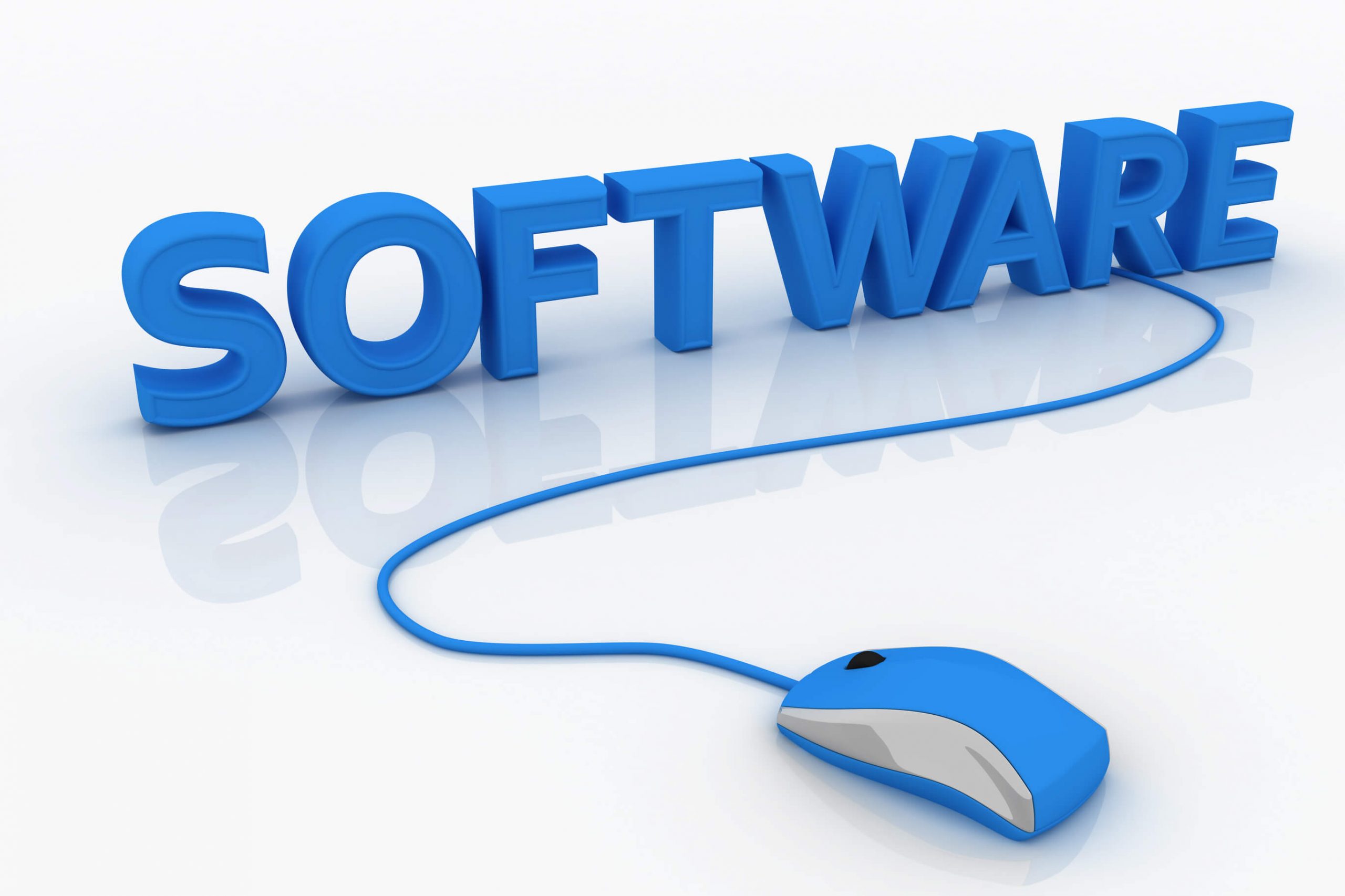advertisement
New year, new rules – 2018 in the software testing industry
2018 is here with us; businesses are busy anticipating what the new year will bring in terms of industry developments,…

2018 is here with us; businesses are busy anticipating what the new year will bring in terms of industry developments, growing trends, and hidden surprises. Carmen Carey, CEO of software testing and performance monitoring experts Apica, gives her five industry predictions for 2018.
2017 was a busy one in the software testing space. The increased use of automation within testing teams (where agile development boosted the speed of release), has led to QA becoming much more embedded within development teams that would have been the case a few years ago. So as proper software testing and monitoring assume ever greater importance, the natural question is – what next? Here’s the 2018 I see for our industry:
1. Companies will make big AI breakthroughs
In 2018, I believe we’ll see organisations really make the breakthrough with machine learning and artificial intelligence, especially when it comes to using this technology to get a better understanding of their collected data.
Often, it’s hard to see the physical manifestation of wider concepts like AI, but in our space physical objects – ‘intelligent things’ – fill that gap. Previously, IoT devices sent data for limited onward processing; now, machine learning means devices are capable of transforming that same data into actionable insight. Real-time feedback will change the behavior of our IoT devices for good.
2. Monitoring UX will be more important than ever
Bearing in mind 2017’s high level of major outages, I don’t think the industry has been moving fast enough to address the explosive growth of the IoT and API economy. There are organisations that are leading the way and achieving great things in both testing and monitoring; however, most are still disproportionally focusing on speed rather than quality, security, and resilience.
But looking into 2018, businesses are going to have to address the overall quality of their services as the competitive landscape evens out. This will result in a refocus on the monitoring of the customer experience and the need for extensive end-to-end testing, embedded within the delivery lifecycle.
3. Availability will be the key differentiator
If 2018 does see all vendors offering similar capabilities, what factor will consumers use to make the decision on where to spend their money? Differentiation of services will come down to availability, ease of use and consistency of a quality experience.
The increased reliance on IoT devices, their data, and their management will also drive the need for high availability of the API services that these devices will talk to. Monitoring the availability of these APIs will be the critical factor in ensuring that business can continue to run (especially in the manufacturing space) and that business intelligence data can be trusted by decision makers.
4. The CMO will become a key testing/monitoring player
Software testing and monitoring have historically been the realm of the IT team, be that the development teams for testing, or operations on the monitoring side.
In 2018, the digital transformation drive underway in most enterprises, combined with the explosion of IoT devices and the data processing that derives from them, will draw focus onto both the quality of the application and the overall customer experience.
As a consequence, both testing and monitoring should be of significant interest to the COO and the CMO within organisations, and this will result in more rounded testing with team members coming from different parts of the business. That’s a potential step change in the type of testing that would be carried out, as well as in the visibility within the business of monitoring results and testing success.
5. The way we validate results will change
2018 will see the adoption of AI, in the form of machine learning, by major software vendors who will be embedding it within their core applications. This machine learning will also become a standard platform for data analytics for new development initiatives. The IoT market will take the greatest advantage from this adoption, as the volume of data needing analysis grows exponentially.
This is going to challenge the testing community as new ways of testing and validating the results from AI need to be identified and embedded within the development lifecycle.
I’m confident in these predictions, and also confident there will be developments in 2018 that neither myself or the wider industry has anticipated! But like all forward-thinking organisations, we at Apica are looking forward to the challenge. Here’s to a successful new year!
Written by Carmen Carey, CEO of Apica